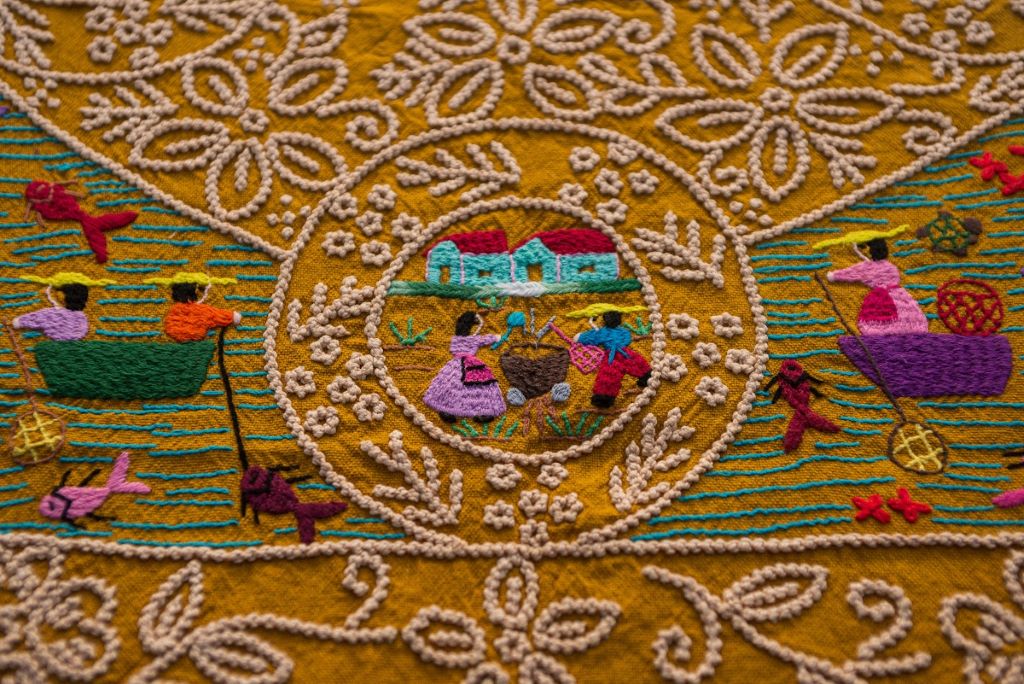The world of video games might be dominated by 3D graphics these days, but there’s a certain charm that pixel art retains. Those tiny squares of color, meticulously arranged to create characters, landscapes, and objects, hold a unique aesthetic appeal and a rich history. But have you ever wondered how these pixelated masterpieces are created? This guide delves into the world of pixel art, exploring its history, techniques, and valuable tips to help you master this artistic medium.
A Brief History of Pixel Art: From Humble Beginnings to Modern Relevance
Pixel art’s roots trace back to the early days of video games, where hardware limitations restricted graphics to a small number of pixels displayed on the screen. Despite these limitations, artists rose to the challenge, creating iconic characters and worlds that defined the gaming experience of the 80s and 90s. Think Mario’s vibrant red cap and overalls, or the blocky yet expressive faces of characters in classic RPGs.
While modern games boast high-resolution graphics, pixel art continues to thrive. It’s embraced for its nostalgic appeal, its suitability for mobile games and indie development, and its distinct aesthetic qualities. Pixel art can be found in everything from retro-inspired games to modern advertising campaigns, showcasing its enduring relevance.
Understanding the Tools and Techniques of Pixel Art
Unlike traditional art forms, pixel art creation relies on specialized software or even basic image editing programs with a grid overlay. Here’s a breakdown of the essentials:
- Software: Popular pixel art software options include dedicated programs like Aseprite or Aesler, or even basic image editing software like Photoshop (with the grid function enabled).
- Color Palettes: Pixel art often utilizes limited color palettes, mimicking the hardware limitations of early gaming systems. Artists carefully choose colors that work well together to create depth and detail.
- Dithering: This technique creates the illusion of additional colors by strategically placing pixels of different colors close together. Dithering allows for smoother transitions and shading.
- Anti-aliasing: A process that helps soften the edges of pixelated objects, reducing the appearance of jagged lines.
Mastering the Art of Pixel Art: Essential Techniques and Tips
Creating captivating pixel art requires a combination of technical skills and artistic vision. Here are some key techniques and tips to guide you:
- Start Small: Begin by creating simple shapes and objects before tackling more complex characters or scenes.
- Embrace Limitations: Limited colors and resolution are not restrictions, but opportunities for creative problem-solving. Learn to use these limitations to your advantage.
- Understand Color Theory: Even with limited palettes, a grasp of color theory helps create visually appealing artwork with strong contrast and depth.
- Pay Attention to Detail: The strategic placement of individual pixels can create a surprising amount of detail within a small area. Focus on eyes, facial expressions, and other elements that bring your characters to life.
- Learn from the Masters: Study the work of renowned pixel artists to understand their techniques and draw inspiration from their creations.
- Practice and Experiment: Like any art form, pixel art takes practice. Experiment with different techniques, colors, and styles to develop your unique voice.
Beyond the Basics: Exploring Advanced Pixel Art Techniques
Once you’ve mastered the fundamentals, explore advanced techniques like:
- Animation: Bring your pixel art creations to life with basic animation principles. Learn about frame-by-frame animation to create movement and add a whole new dimension to your art.
- Isometric Design: Create an illusion of 3D space by utilizing isometric perspective, a popular technique in many classic games.
- Advanced Shading and Lighting: Delve deeper into advanced shading techniques using dithering and other methods to create more realistic lighting effects on your pixel art characters and scenes.
Related: A Mirror Up to Society: How Art and Culture Shape Our Perceptions of Beauty and Identity
The Art of Pixel Art: A Gateway to Creativity
Pixel art is more than just creating video game graphics; it’s a unique artistic medium with a vibrant community and a rich history. Whether you’re a seasoned artist looking for a new challenge or a complete beginner seeking a creative outlet, pixel art offers a rewarding and accessible entry point. With a little dedication and the tips provided in this guide, you can embark on your journey to pixel perfection, crafting captivating artwork that captures the essence of this digital art form. So, grab your digital paintbrush (or mouse!), unleash your creativity, and start building your own pixelated world!



